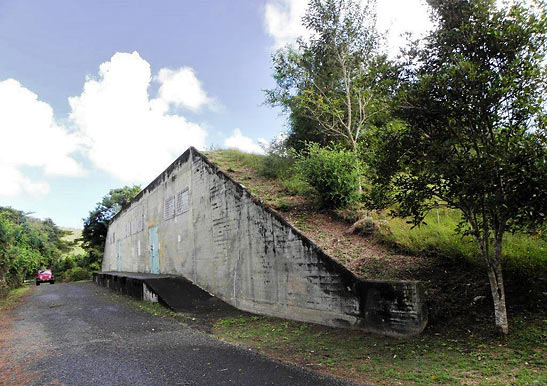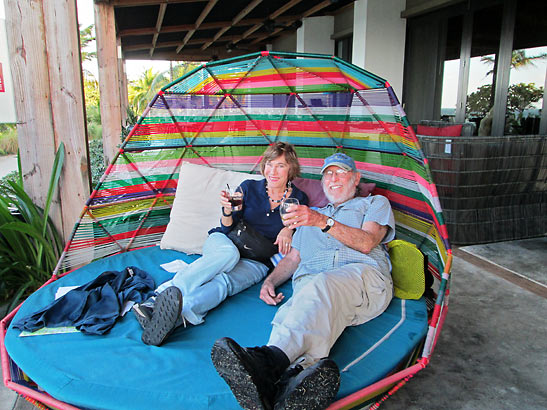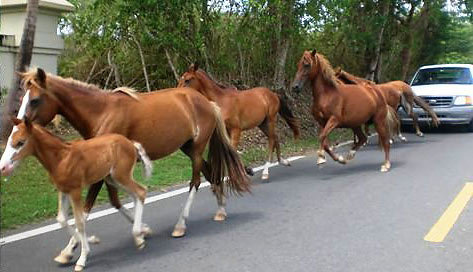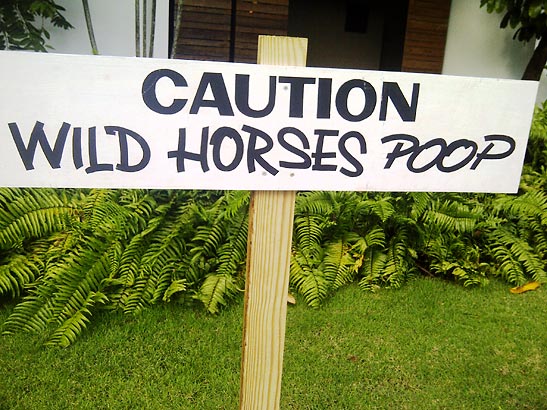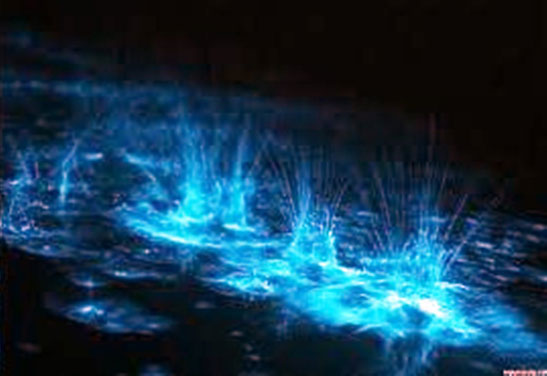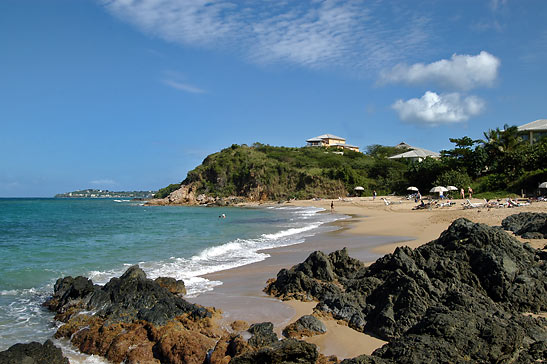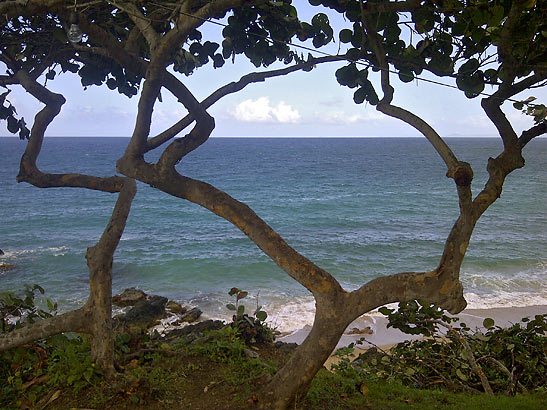 |
 |
|
 |

|
Vieques, Puerto
Rico:
From Travesty to Tourism Story by Fyllis Hockman
Now picture this: From bomb site to beach resort – and therein lies the story. While the Navy has been busy these past 10 years cleaning up the parts of the island it destroyed, the rest of the island is gearing up – albeit slowly – to join the rest of Puerto Rico as a Caribbean tourist destination. The massive clean-up involves getting rid of unexploded ordinances, metal and scrap debris and chemicals in the soil. As one safety notice advises: If you didn't drop it, don't pick it up! Not your usual anti-litter admonition. Okay, the island still has no traffic light, no movie theater, no American fast-food restaurants (thankfully), and no nightlife. Still, there are now seven more car rental companies than during the Navy occupation (when there was one) as well as a couple of dive operations, horseback riding stables, sailing options and several tour companies. And did I mention a W Hotel? That's got to mean something. But although the 157-room property is a tourist magnet, the next closest property in size is the 30-room Brik Hotel, which hasn't yet opened. The rest are guesthouses. The island is not exactly leap-frogging into tourism territory.
But Vieques is not without its unique attractions, two of which are its wild horses, descendants of those brought over by the Spaniard Conquistadors in the 1500's, and its Bioluminescent Bay, the most glowing – literally – of the five bio-bays that exist in the world. Caveats to come.
First, the horses. They have the run of the island and the hour's drive from one end of the island to the other can take a lot longer depending upon how many you run into – using the term loosely... We even watched a pool boy at the upscale W chase a horse apparently to deter him from taking a dip in the resort pool. We followed close behind only to find him snacking on the property lawn, posing long enough for us to take his picture. As I turned around, I almost bumped into a sign reading, "Caution: Wild Horses Poop." And indeed, he had.
And, oh yes, the bio-bay. First some background. The unfortunately aptly named Mosquito Bay, considered the brightest bio-bay in the world, is home to half-plant, half-animal organisms, at a rate of 720,000 per gallon, that emit flashes of bluish/green light when agitated, preferably under a moonless night when the effect is most dramatic. And dramatic it is – as the entire bay explodes beneath you in a fireworks display you've never seen before. But not for us. Because of some ill-will of nature, blamed at the time on excessive rain and cool temperatures (for Puerto Rico), the bay was mostly dark. Still, just the stars alone were worth the trip – almost. With two people to a kayak, the darkness all pervasive, the quiet almost surreal, I felt like I was floating in a private, other-worldly lagoon, hampered only by the knowledge I was experiencing only the slightest remnants of what should have been an amazing Technicolor adventure. Putting my hand in the water released a flurry of gold sparkles, reminiscent of an abundance of Fourth of July sparklers beneath my fingers, as though a vast array of shooting stars from the sky fell into the water – and this was just a fraction of what it should be when a blue-green haze dominates the water and the fish swimming around trigger a reaction that brings the entire bay alive. My disappointment at having missed such a spectacle made me feel like a little kid deprived of a toy I desperately wanted.
I came to Vieques with a preconceived notion that because of all the destruction that occurred, the resurrection of Vieques as a tourist destination would revolve around conservation, sustainability and decreased environmental impact. Not so – or at least, not yet. Ironically, although tourism has indeed increased, there does not seem to be any island-wide plan to deal with it in any coordinated "green" fashion. There are less than 10,000 people on Vieques – and seemingly, everyone knows everyone else. Locals have a fierce pride in their island and a universal disappointment that so much has been planned or promised and so little has been done. You can see the wistfulness in their eyes as they talk about what the island so desperately needs in terms of education, health care provisions, infrastructure, environmental protections and tourism services. And in truth, they are also in conflict over how much development they want. More and more foreigners – which is how they allude to Americans, despite their shared U.S. citizenship – are invading their quiet, undeveloped, pristine locale with its sparkling, isolated beaches opening restaurants and other tourist establishments, and they are unsure what the future will bring – and whether it will be positive. Vieques may or may not be on the verge of a tourist boom, and it's questionable exactly whom all this new development will actually benefit.
Everyone on Vieques has a story and everyone who comes there knows someone else who either had their own story or knows someone else who did. You don't come to Vieques by accident. With Caribbean island tourism not yet a reality, the question most often asked by one visitor to the next? "What brought YOU to Vieques?" And the answer is almost always a friend, a relative, a colleague; it is never advertising or travel agent. And while tour companies, diving operations and sailing options have doubled in the last five years, infrastructure has lagged. Although many of the main roads are easily traversable, there are some leading to recommended beaches that boast car-eating potholes ahead and jeep-attacking tree branches on all sides, and are so bumpy that none of my limbs and internal organs ended up in the same place they started out in. At some point this will change.
Vieques is a visual delight, a portrait in green and blue – and many shades of brown if you count the horses – and you have to – they're everywhere. It is undisturbed by development – but that will not always be so. Go now while it is still unspoiled (by anything other than the Navy…) and before it becomes just another over-developed Caribbean island, possibly losing the unique character that is so very much Viequesian. For information about visiting Vieques, call (800) 866-7827 or log onto seepuertorico.com/en/destinations/culebra-and-vieques/. Related Articles: (Posted 7-3-2014) |
|
This site is designed and maintained by WYNK Marketing. Send all technical issues to: support@wynkmarketing.com

|






